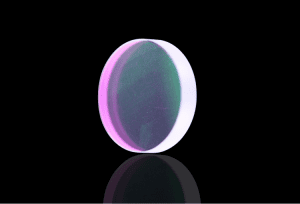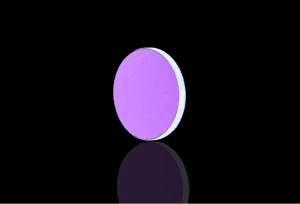Micro Waveplates
Half Wave Plates and Micro Waveplates at Avantier
Avantier produces both Half Wave Plates and Micro Waveplates, with the latter being available in sizes as compact as 0.35mm x 0.35mm, featuring a precision tolerance of +/-0.05mm and a thickness of approximately 0.19mm.
Microwave plates, also known as microwave waveplates or microwave retarders, are optical devices designed to manipulate the polarization of microwave radiation. These plates are made of materials with anisotropic properties, meaning their refractive indices vary with the polarization direction of the incoming microwaves. When microwave radiation passes through a microwave plate, it experiences a phase shift that depends on the plate’s thickness and the polarization of the radiation. This phase shift can be controlled by adjusting the thickness and orientation of the waveplate, allowing it to change the polarization state of the microwaves. Microwave waveplates find applications in various fields, including telecommunications, radar systems, and scientific research, where precise control of microwave polarization is necessary for signal processing and analysis.


Micro Waveplates
Applications of Micro Waveplates
Microwave waveplates are used in a variety of applications where precise control of microwave polarization is required. Some common applications include:
- Radar Systems: In radar technology, microwave waveplates are used to manipulate the polarization of radar signals. This can help improve target detection, reduce interference, and enhance the performance of radar systems in different weather conditions.
- Telecommunications: Microwave waveplates are employed in telecommunications systems, particularly in satellite communications and wireless networks. They can help manage polarization diversity and mitigate signal degradation caused by polarization mismatch.
- Antenna Systems: Waveplates are used in antenna systems to control the polarization of transmitted or received signals. This is important in satellite communication, radio astronomy, and other applications where maintaining a specific polarization state is essential.
- Remote Sensing: Microwave waveplates are utilized in remote sensing applications, such as weather radar and environmental monitoring. They can assist in enhancing the accuracy and reliability of measurements by adjusting the polarization of the microwave signals used in these systems.
- Scientific Research: Researchers in fields like physics and materials science use microwave waveplates for polarization control in laboratory experiments and investigations. These waveplates enable the manipulation and analysis of microwave radiation in controlled settings.
- Military and Defense: In military applications, microwave waveplates are used in radar and communication systems to improve signal quality and security by controlling polarization.
- Medical Imaging: In some advanced medical imaging techniques, microwave waveplates can be used to control the polarization of microwave signals, contributing to improved image quality and diagnostic accuracy.
- Aerospace: In satellite and space missions, microwave waveplates are used to maintain and control the polarization of signals traveling through the vacuum of space, ensuring reliable communication and data transmission.
Factory Standard
Material | Crystal Quartz |
Dimension | +0.05, -0.05mm |
Wavefront Distortion | <l/8 l@632.8 |
Retardation Tolerance | <l/500 |
Parallelism | <3 arc second |
Surface Quality | 20/10 |
AR Coating | R<0.2% at central wavelength |
Standard Wave | quarter-wave (l/4), half-wave (l/2) |
Please contact Avantier if you’d like to schedule a consultation or request for a quote on your next project.
WE CAN HELP YOU!
Contact us NOW for sales & expert advice.

